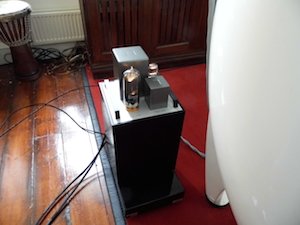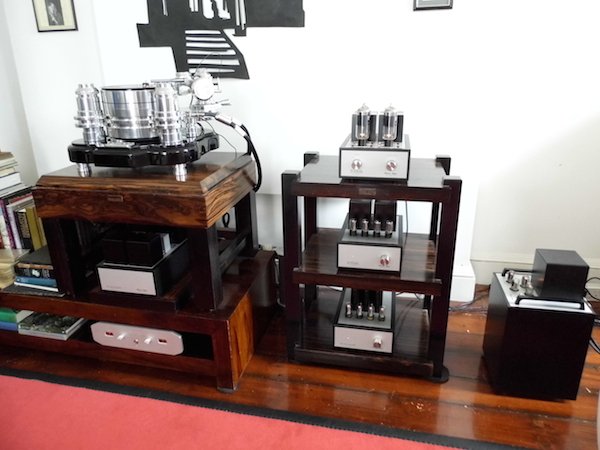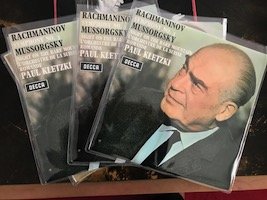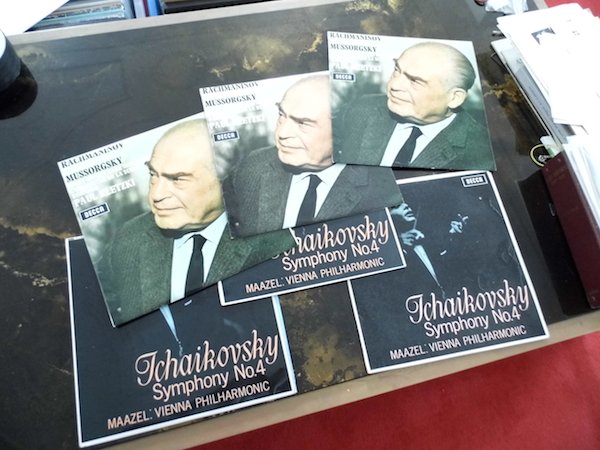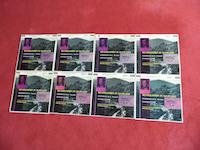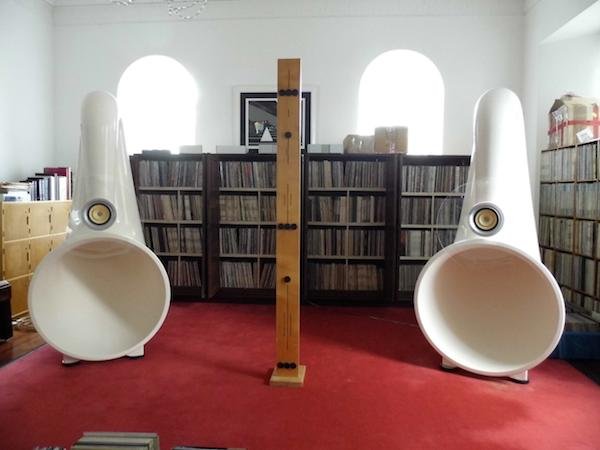http://zero-distortion.org/pnoe-horns-with-aer-bd4-5-drivers-vygerthomas-mayer/
This article is for vinyl junkies, some digital only guys will not relate, but it is about my top 3 rooms, and insight into original pressings at one, if not the largest collector and reseller of vinyl in the world, who luckily lives in the city and I can visit regularly
Notes on:
This article is for vinyl junkies, some digital only guys will not relate, but it is about my top 3 rooms, and insight into original pressings at one, if not the largest collector and reseller of vinyl in the world, who luckily lives in the city and I can visit regularly
Notes on:
- Pnoe horns with the costliest drivers in the world, the full range crossoverless 120 db. BD5 from AER (now around 50k GBP for the pair), and comparison with the lower model BD4
- Thomas Mayer phono vs Vyger phono, Thomas Mayer 1.25 and 3w amps with a valve called the 46 (valve rarely made after the 1940s), Thomas Mayer 211 amps, and NAT Magma compare
- Further notes on the Vyger Indian signature and Atlantis with the Red Sparrow
- Comparison of recording engineers, verticuts and ortofon Lyrec cut LPs with other cuts.


